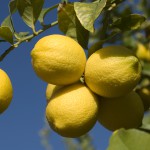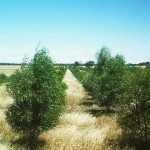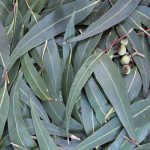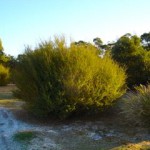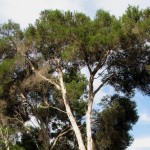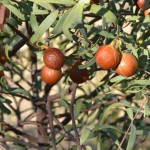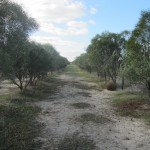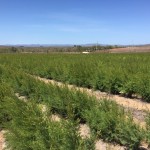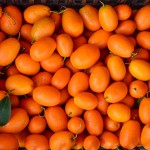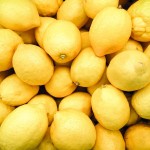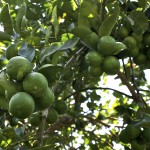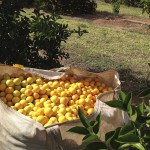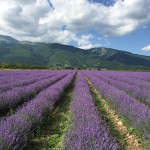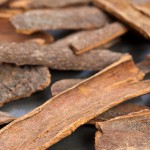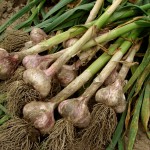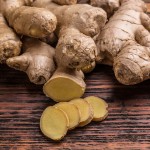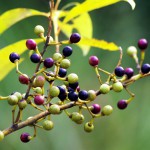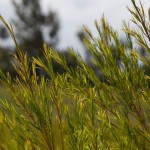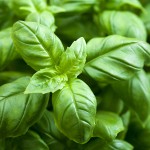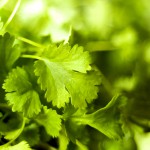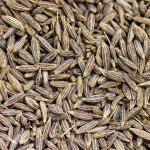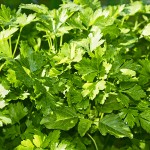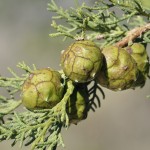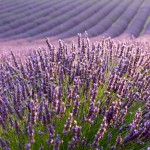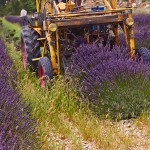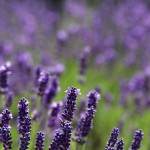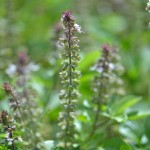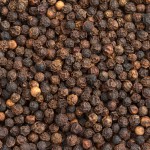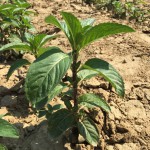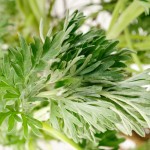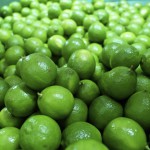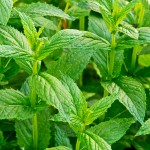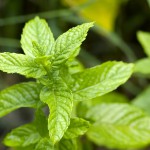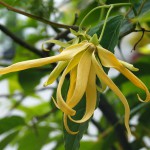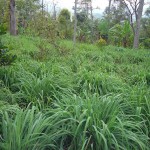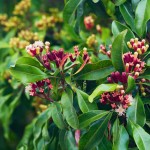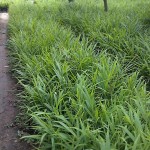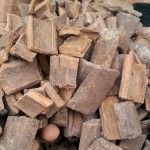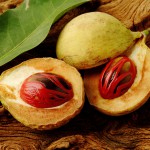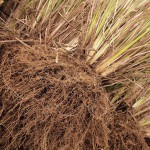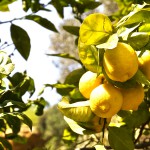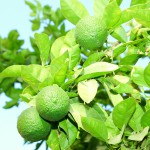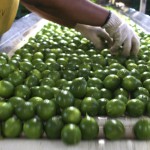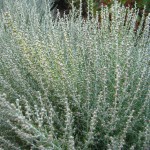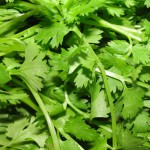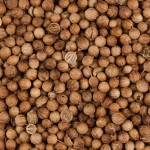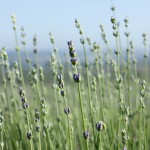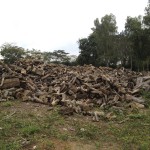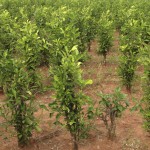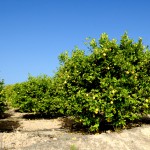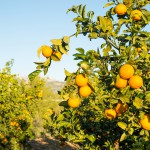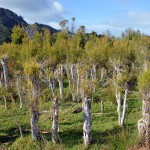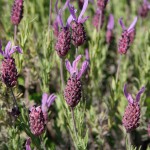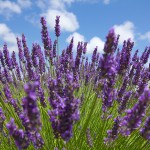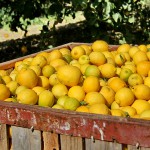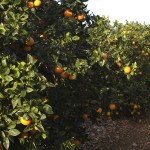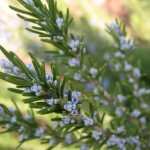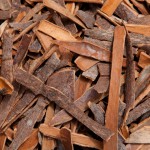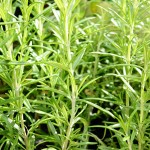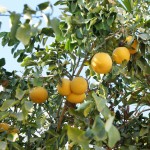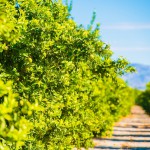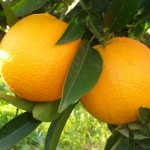Orange Oil CP
Citrus sinensis
Harvest: July - December
Officially CitrusBR closed the 2015/16 season with figures of 261 million orange boxes processed (40.8kg per box). The total of processed and non-processed fruits was calculated to be 302.2 million boxes, which it summarised as follows:
The juice yield on fruit of 302.2 boxes per metric ton of FCOJ was the worst average ever recorded by the industry. It was 25.7% LOWER than the 240.5 boxes experienced in the 2014/2015 season. The lower juice yield was the result of the above average rainfall caused by the El Niño during peak harvesting season. As a result, not only juice content in the fruits has dropped significantly, but also average brix of fruits processed has fallen from 12°Brix in 2014/2015 to 10.2°Brix in the 2015/16 season.
We have to remember that the orange oil market is a by-product of the juice market so when the juice market sneezes, the oil market catches a cold!
You have to understand the juice market’s impact on the derivatives market to appreciate how it influences the overall picture and ultimately our oil markets.
With the outlook for orange juice market even worse than we expected when we assessed the situation earlier this year it seems the world market is shrinking, Brazil is exporting less and prices are rising.
Fruit World summarised the fresh fruit and juice situation as follows:
“Lower industrial output orange in Brazil, the world’s largest producer, and the decrease in the harvest of Florida due to disease in the orange groves, led the USDA (United States Department of Agriculture) to reduce the estimate of orange juice production to 1. 6 million tons in the period 2015/16.
The new estimate indicates a volume 11% lower than forecast last January, when the US agency estimated world production of 1.8 million tons. The drop in consumption of the drink is leading to the orchards in Brazil and the United States being switched to other cultures or construction projects. Thus, the global product supply drops quickly. In 2011/12, the industries produced 2.2 million tons for the juice market, according to the USDA. The biggest falls in drink production occurred in the leading producer countries: Brazil and the United States.
Brazilian production of juice was 1.3 million tons in 2011/12; falling to 1 million in 2014/15 and will be just 885,000 in 2015/16. In the United States, the drop has been even higher. After having put 629,000 tons of juice on the market in 2011/12, US industries have cut production to 438,000 last season and to 383,000 in this. Global consumption also dropped, but is higher than production for the second consecutive year. 1.8 million tons will be consumed in this harvest, down from 2 million tons in 2014/15. The European Union and United States will be the main drivers of this reduction.
With the new deficit between production and consumption, world stocks at the end of the harvest were only 485,000 tons, 328,000 of them in the United States. The world leader in exports, Brazil will put 885,000 tons into the foreign market, down from 1.13 million in the previous harvest. Leader in imports, the European Union will buy only 705,000 tons, and the United States, 280,000. Both import 15% less in the year.”
It is understandable why processors are worried about future supplies. In a normal year around 20% of oranges go into the fresh fruit domestic market. Due to the late blossoming flowers from last year (which produce low yielding fruits unsuitable for processing), it is estimated that this year another 20% will also reach the local market for fresh consumption.
Generally the local markets for fresh fruits peak from February to April so many of these off fruits have been recently picked and sold leaving the available fruits for processing from May onwards very low. This at a time when fruit picking is at its lowest.
Looking ahead to the 2016/17 season the story doesn’t get any better and with it neither do the prospects of more oil availability and price reductions. A Brazilian crop estimate project (PES) looks at the total number of orange bearing trees, average productivity forecasted per bearing tree and estimated total orange production in the state of São Paulo and Minas Gerais Triangle Citrus Belt for the 2016/17 Season.
Currently it is forecasting a sharp reduction of 18.3% in the total 2016/17 crop compared to the one that just closed which will take another 60 million boxes out of the market!
The USDA says “Brazil’s production is forecast to drop 2.4 million tons to 14.4 million as higher-than-normal temperatures during September and October significantly damaged fruit settings. Oranges for processing are down sharply and consumption is down slightly on reduced supplies.”
So what does this mean for our oil markets? Is there enough oil to supply the growing demand given the reduction in juice production? The answer somewhat contradicts the global juice scenario and the ongoing supply concerns in that so far this year (January to July inclusive) supply of oil exported from Brazil has increased by around 15% on the same period in 2015. Although output was lower in 2015 this year’s YTD exports still mirror those of 2014 when average prices (based on FOB Brazil terms) were 45% lower than they are today!! Average prices today are 25% higher than the same period last year. So are we as oil market consumers paying the price for the major producers decrease in juice sales? That would certainly stack up when we see some of the smaller producers, less dependent on the juice markets still able to provide much better prices, but maybe we are being too cynical. At the end of the day, 3 major Brazilian producers control the market and today, like yesterday and tomorrow, prices will remain firm even if supply doesn’t seem to be causing any issues for now. Whichever way we look at this there is a real problem ahead. Whether it is global juice consumption or the shorter-term fresh fruit supplies we are sure to be paying these high prices for the foreseeable future.
Read more about Citrus Greening here!
Market prices USD 10.20+ /kilo
 Welcome to your new bumper market report featuring over 100 essential oils! In addition our 50 page download version is packed full of additional articles including Nutmeg, Tea Tree, Lime, Vanilla, Buddawood and highlights from this years IFEAT Study Tour of the USA!!!
Welcome to your new bumper market report featuring over 100 essential oils! In addition our 50 page download version is packed full of additional articles including Nutmeg, Tea Tree, Lime, Vanilla, Buddawood and highlights from this years IFEAT Study Tour of the USA!!!  Ultra International B.V.
Ultra International B.V.
